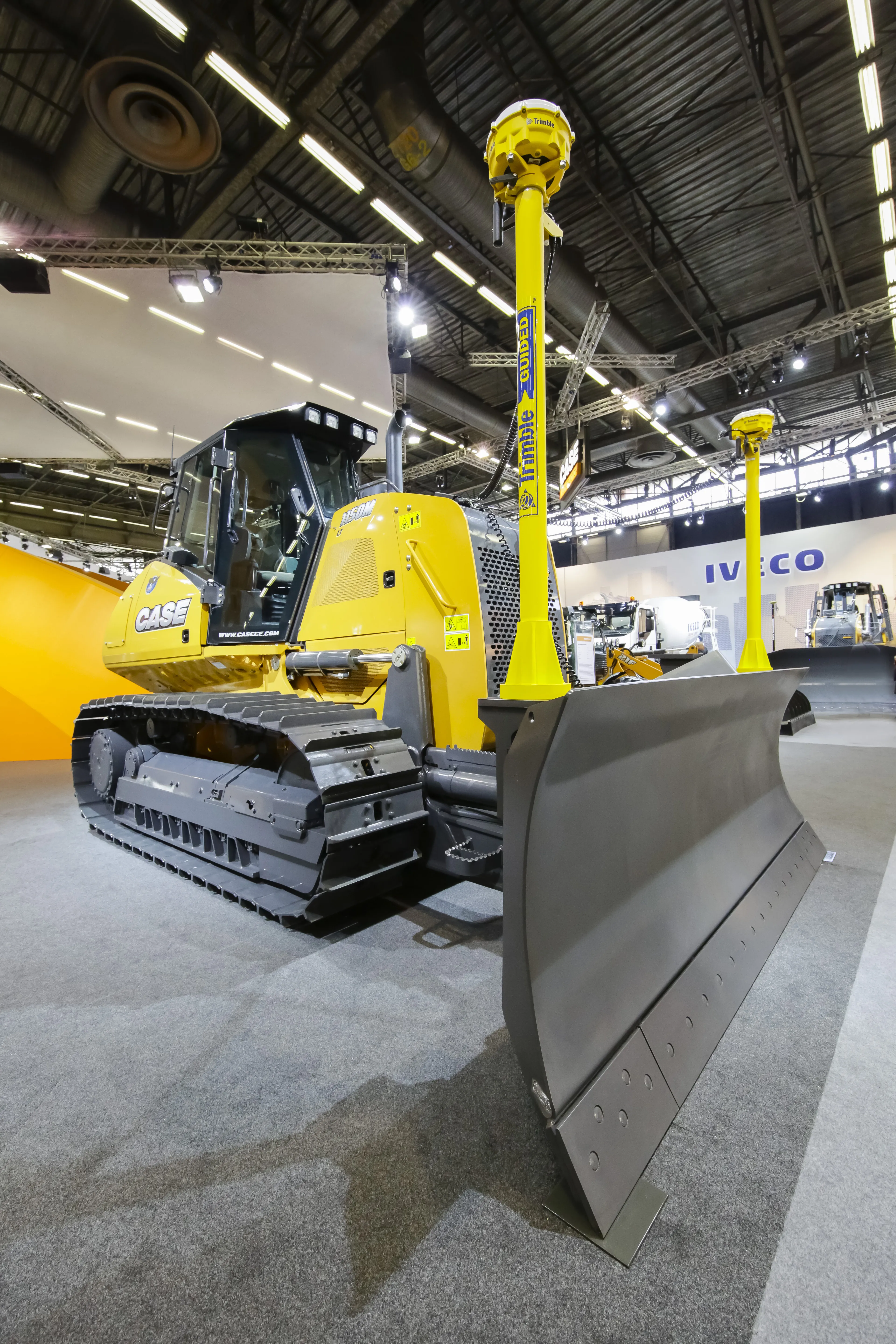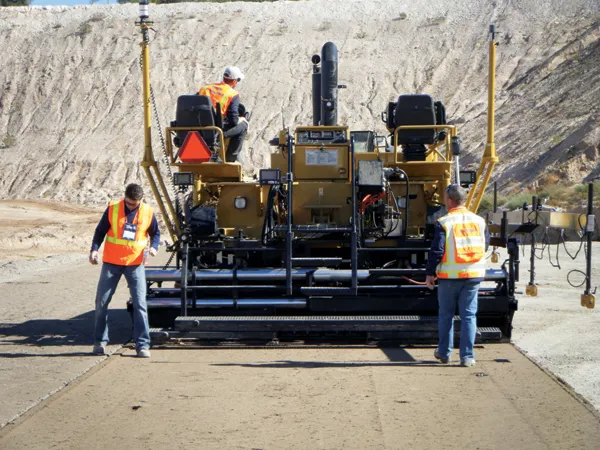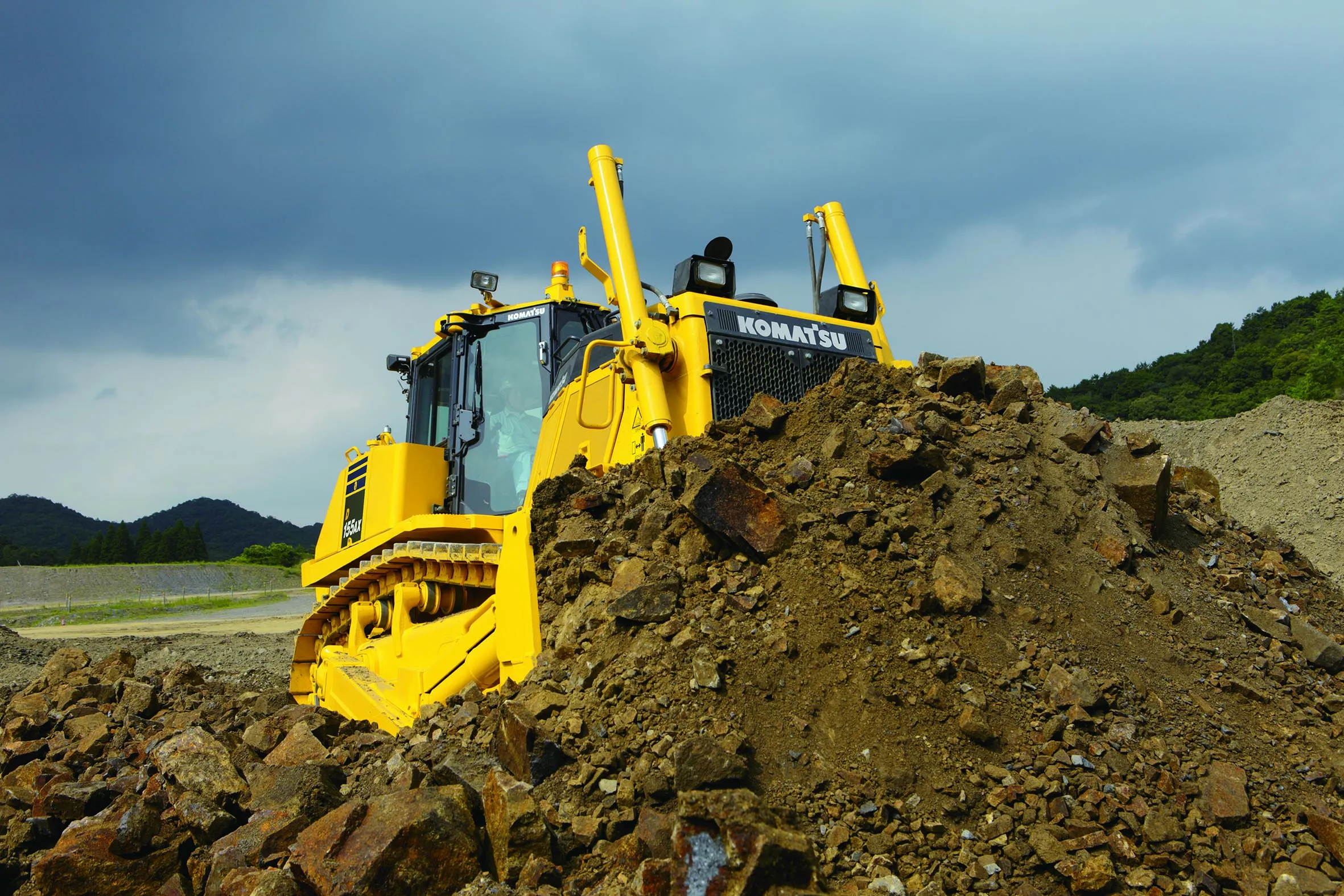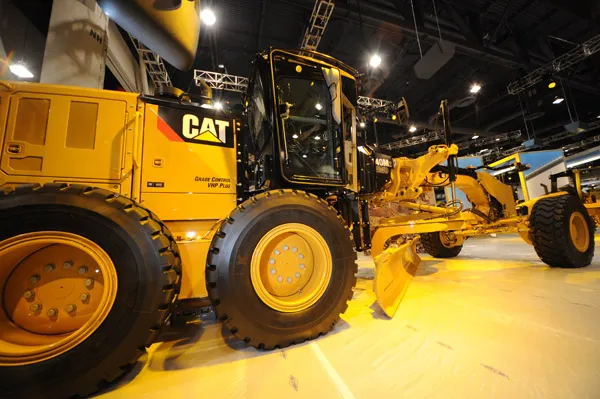
Improved Trimble technology will enable contractors to reduce dozer time as much as 40%. The Trimble GCS900 Grade Control System has improved responsiveness, which provides a substantial benefit on jobsites.
“It corrects faster,” said Dwayne Rosie, Software Sales Engineer in the Heavy Civil Construction Division. Because the correction is quicker, the machine itself is able to move faster without sacrificing quality. “You get it done faster with a consistent finish and less rework,” Rosie said. “It all means cash in contractors’ pockets.” The productivity gains are significant, with contractors able to grade between 35% and 40% faster on average, depending on the dozer type and the material being used, said Ryan Kunisch, marketing director for
Operators have the freedom to rotate the dozer blade on steep slopes while maintaining constant grading speeds. This enables performance whether working on mostly level surfaces, such as roadways, or uneven terrain including golf course projects. Rosie said the system is intuitive and features an interface nearly identical to previous products, with only a few cosmetic changes in the newer version. “It’s user friendly, and productive,” Rosie said.
“With the release of the latest version of the system we are taking machine control to a new level,” Kunisch concluded.








